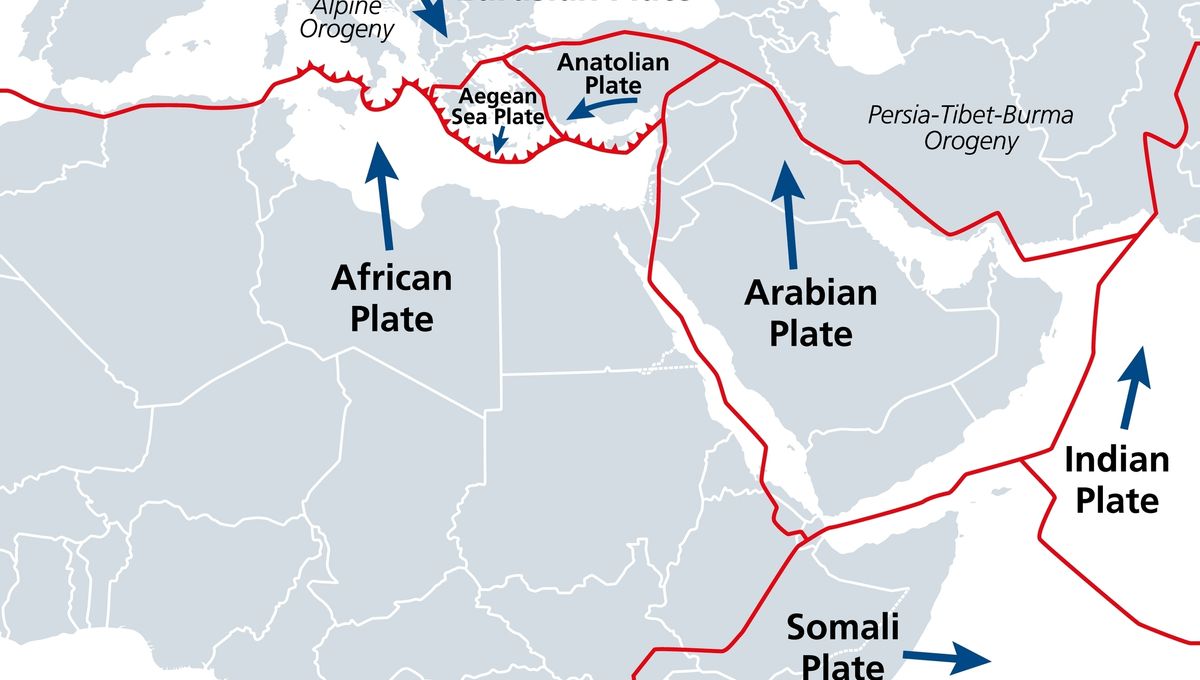
On Friday, September 8, a 6.8 magnitude earthquake struck Morocco. This was the biggest earthquake to hit the country in 123 years and has caused over 2,900 known deaths so far. Unfortunately, the region will likely continue to experience aftershocks for some time, which will frustrate recovery efforts. But what caused this devastating quake?
The earthquake occurred near the town of Adassil, in the Marrakesh-Safi region of Morocco, which is about 75 km (47 miles) from Marrakech and located in the High Atlas Mountains. But despite its devastation, earthquakes in this region are pretty uncommon.
“Earthquakes in Morocco are not unusual, but this one is larger and close to the large city of Marrakesh. As with many other cities in the region, old buildings would not have any anti-seismic design, hence are very dangerous,” Dr Carmen Solana, a volcanologist from the University of Portsmouth, told the Science Media Centre.
Generally speaking, most seismic activity occurs closer to the edges of the Eurasia and Africa (Nubia) tectonic plate boundary, which makes this latest event particularly puzzling. However, there is a good reason for why it happened.
The quake resulted from a “reverse fault”, a geological phenomenon where a hanging wall, the rock located above the fault line, moves up against the footwall, the lower side of a fault line. This action occurs when tectonic plates collide, which causes the Earth’s crust to become thicker. A quake is the result of rocks suddenly shifting as a result of this stress, which releases large amounts of stored energy.
According to a piece for The Conversation by Jesús Galindo-Zaldivar, Professor of Geodynamics, Universidad de Granada, the ”6.8 magnitude implies that the fault responsible for this earthquake is probably around 30km long. This estimate takes into account the relationships between active fault length and earthquake magnitudes.”
Professor Galindo-Zaldivar explains that, as there have not been any substantial earthquakes in this region for a long time, it is likely the stress has been building up deep underground and waiting to be released. Unfortunately, it can cause devastation when it does occur, especially if those living in the area are not prepared for such seismic events.
It is believed the death toll for this quake is particularly high because it took place at night, when more people were at home and could be trapped indoors.
The BBC has warned that even smaller quakes caused by the aftershocks could well topple damaged buildings in the coming days and weeks. Aftershocks are the result of other faults that receive increased pressure from the rocks that caused the original earthquake. As they settle and adjust, the stress leads to smaller quakes that can persist for months or even years into the future.
All “explainer” articles are confirmed by fact checkers to be correct at time of publishing. Text, images, and links may be edited, removed, or added to at a later date to keep information current.
Source Link: What Caused The Devastating Earthquake That Struck Morocco?